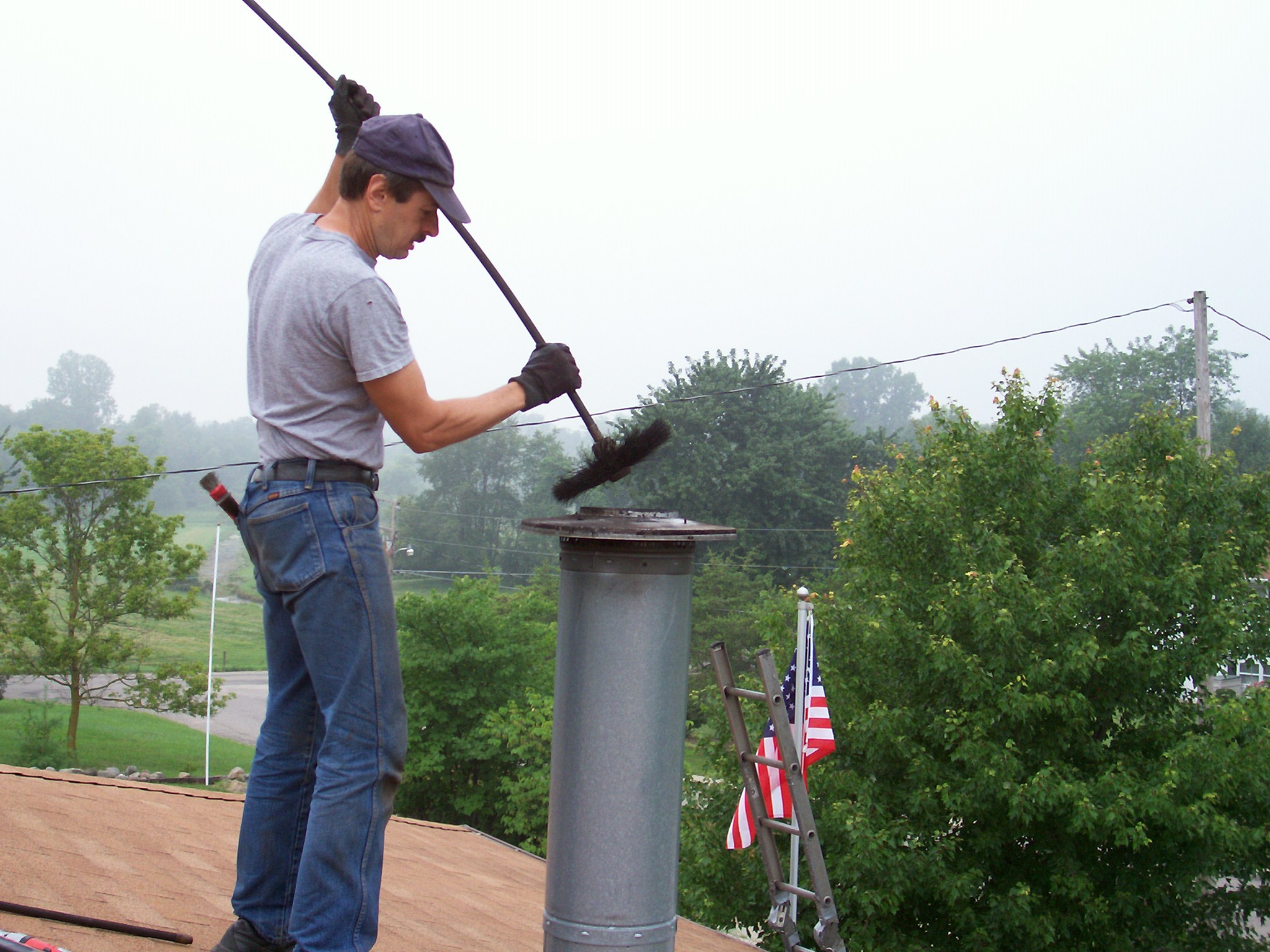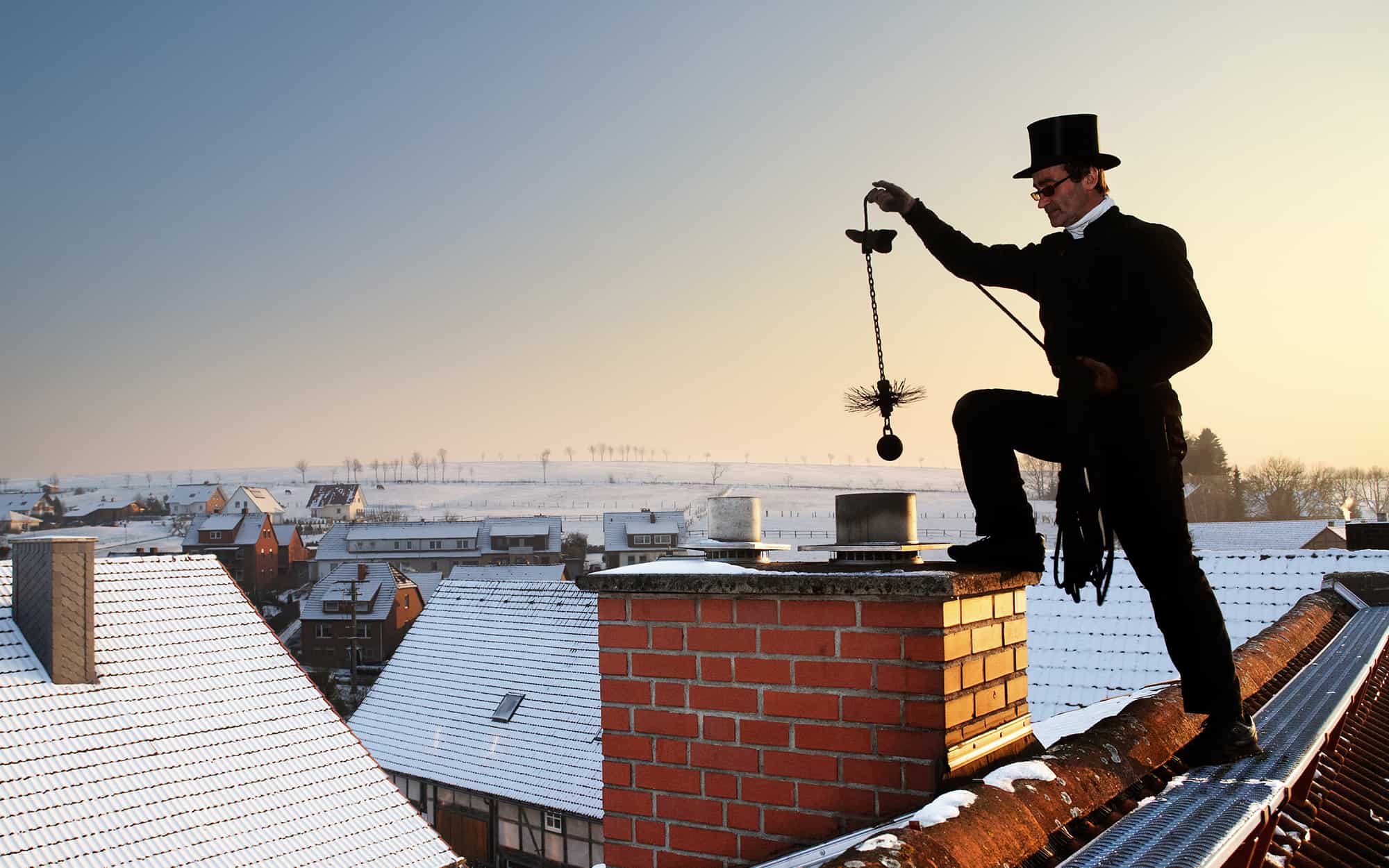Boost Your Home Comfort: Chimney Clean San Jose Providers You Can Depend On
Boost Your Home Comfort: Chimney Clean San Jose Providers You Can Depend On
Blog Article
Smokeshaft Cleaning: A Step-by-Step Overview to Keeping a Healthy And Balanced Fireplace
Maintaining a healthy and balanced fire place is vital for the security and efficiency of your home. Regular smokeshaft cleansing is an essential part of this maintenance routine. In this step-by-step guide, we will certainly provide you with thorough directions on exactly how to properly cleanse your smokeshaft, making sure that it works efficiently and minimizes the risk of fire risks. By following these standards, you will certainly learn how to collect the necessary devices, execute an aesthetic examination, clear debris and accumulation, sweep the chimney, and finish the last actions for recurring maintenance. With a professional method and focus to detail, you can confidently care for your fireplace and enjoy its warmth and convenience for many years ahead.
Collecting the Required Devices
To start the process of chimney cleansing, the primary step is to gather all the necessary tools. Having the right tools handy makes sure a secure and effective cleansing procedure. The vital devices for chimney cleaning include a chimney brush, a ladder, decrease cloths or plastic sheets, a flashlight, handwear covers, and a dust mask.
The chimney brush is the primary device used to remove residue and creosote buildup from the flue. It is necessary to select a brush that matches the shapes and size of your smokeshaft. In addition, a durable ladder is necessary to access the chimney safely. Ensure the ladder is steady and positioned on a level surface area.
A flashlight is essential for evaluating the smokeshaft's interior for any kind of indications of damages or blockages. Gloves are essential to secure your hands from soot and various other harmful compounds, while a dust mask assists protect against the inhalation of debris.
Executing an Aesthetic Examination

Using a flashlight, meticulously analyze the indoor wall surfaces of the chimney for any kind of indicators of damages, such as cracks, loosened bricks, or mortar degeneration. These concerns can endanger the chimney's architectural honesty and pose a severe safety and security risk. In addition, check for any kind of indicators of water damage, such as discoloration or efflorescence, as this can suggest a leaky chimney cap or flashing.
Following, check the smokeshaft flue for any kind of blockages. Try to find the existence of nesting products, leaves, or particles that might have built up with time (Chimney Clean San Jose). These obstructions can limit air movement, enhance the danger of carbon monoxide gas build-up, and prevent the smokeshaft's capacity to efficiently vent smoke
During the aesthetic assessment, pay attention to the chimney crown, which is the top surface that shields the smokeshaft from wetness. Try to find splits or missing pieces in the crown, as these can permit water to go into the smokeshaft and trigger significant damage.
Cleaning Debris and Accumulation
After completing the aesthetic evaluation, the next action in chimney cleansing includes cleaning debris and build-up to guarantee the correct functioning of the fireplace. Over time, particles such as leaves, twigs, and pet nests can build up in the smokeshaft, blocking the circulation of air and creating possible fire dangers.
To get rid of particles and accumulation, it is essential to use the right tools and techniques. A chimney brush, specifically created for this function, is made use of to get rid of loosened debris and creosote from the smokeshaft wall surfaces. It is essential to pick a brush that matches the size of your chimney to ensure effective cleaning. Before starting the cleaning process, see to it to cover the fireplace open up to prevent particles from coming under the space.
To start, place the brush into the smokeshaft and move it up and down, my response scrubbing the wall surfaces to displace any debris or creosote. Use a sweeping movement to make sure extensive cleansing. It is recommended to begin with the bottom and function your means up. Once the brushing is complete, use a hoover or a chimney brush extension to get rid of the dislodged debris from the fire place.

Brushing Up the Chimney
The sweeping of the chimney is an essential step in keeping a healthy fireplace. Over time, residue, creosote, and other debris can accumulate in the chimney, blocking the circulation of air and potentially causing a harmful accumulation of combustible materials. Normal chimney sweeper not only ensures appropriate ventilation however also stops the risk of smokeshaft fires.
When it comes to smokeshaft sweeping, it is extremely recommended to hire a specialist smokeshaft move. These professionals have the expertise and devices needed to safely and successfully remove the collected debris from your chimney.
It is vital to keep in mind that the frequency of smokeshaft sweeping depends upon a number of elements, such as the sort of fuel utilized, the amount of usage, and the kind of smokeshaft. As a general general rule, it is advised to have your smokeshaft swept and evaluated at the very least annually.
Last Steps and Upkeep
After completing the smokeshaft sweeping process, the very first step in the final upkeep is to check the chimney cap and stimulate arrestor. These elements avoid debris, pets, and rain from entering the chimney.

Examine the inside of the fireplace for any type of indications of wear and tear, such as fractures, loose blocks, or harmed mortar. These issues can affect the structural honesty and safety and security of the fireplace. Consult a specialist smokeshaft move or mason to address them without delay. if any type of issues are identified.
Ultimately, think about setting up carbon monoxide gas detectors near the fireplace and throughout your home. These gadgets can find the presence of this dangerous gas, supplying a very early warning system in case of a chimney malfunction. Regularly inspect and replace the batteries in these detectors to ensure their efficiency.
Conclusion
Finally, following a step-by-step guide for chimney cleansing is crucial in maintaining a healthy and balanced fire place. By collecting the necessary tools, performing a visual inspection, removing debris and build-up, and sweeping the smokeshaft, property owners can make sure the safety and security and effectiveness of their fireplace. Routine go to this web-site maintenance and cleaning will certainly assist stop chimney fires and improve air quality in the home. It is vital to prioritize chimney cleaning as a part of overall home upkeep.
The important tools for smokeshaft cleaning consist of a smokeshaft brush, a ladder, drop towels or plastic sheets, a flashlight, visit this page gloves, and a dust mask.
A chimney brush, particularly designed for this function, is used to remove loosened particles and creosote from the smokeshaft walls. Normal chimney sweeping not only makes sure proper air flow but additionally prevents the threat of chimney fires.
When it comes to chimney sweeping, it is highly advised to employ a professional chimney sweep. After completing the chimney sweeping process, the first action in the final upkeep is to examine the smokeshaft cap and spark arrestor.
Report this page